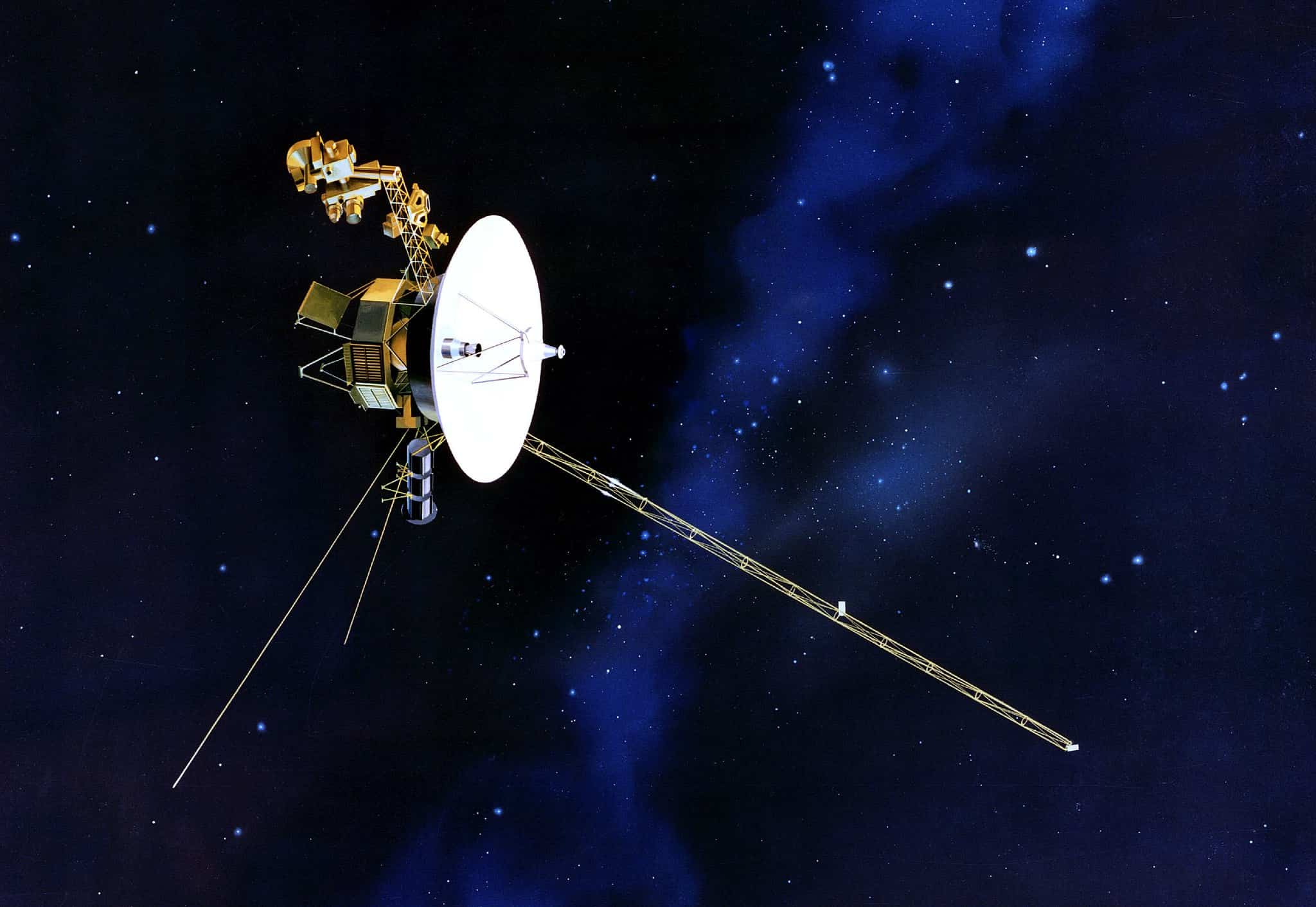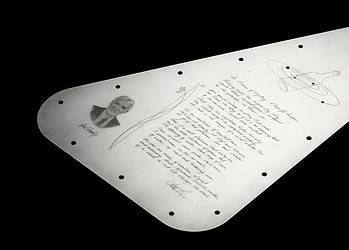In 1981, Voyager 2 embarked on an unparalleled journey across the solar system, aiming to relay unprecedented pictures of our outermost planets. However, as it sailed past Saturn, a potential catastrophe emerged: Voyager 2’s camera platform began to jam. This malfunction threatened the mission’s primary objective, as without a functioning camera platform, capturing images of the distant planets would be nearly impossible.
The challenge was puzzling. The initial suspicion was debris interference, yet this seemed unlikely given the meticulous assembly of the spacecraft. The focus then shifted to potential issues with lubricant distribution. But the overarching question remained. How do you mend a malfunction on a spacecraft over a billion miles away?
The solution was ingeniously simple yet uncertain. The team chose to “exercise” the camera platform, gently oscillating the gear train to rectify the problem. But there was a catch: they wouldn’t know if their remote remedy worked until Voyager 2 neared Uranus, a rendezvous five years away.
Turned out, it did work, and the spacecraft could continue its mission.
Now, decades later, both interstellar Voyager explorers are again showing signs of old age. Keeping them, and spacecraft like them, operational poses various challenges.
Fixing a Billion-Mile Away Problem
Voyager’s recent dilemma illuminates a classic problem that has also been seen in other spacecraft: the buildup of propellant residue in its thruster’s propellant inlet tubes. Over time, trace residue amounts accumulate, threatening to clog these tubes.
For communication purposes, thrusters are predominantly used to maintain the antennas pointed at Earth. A spacecraft can rotate in three directions: up and down, left and right, and around its central axis. The thrusters discharge and reorient the spacecraft in an automated manner to maintain the orientation of the antennas toward Earth.
NASA’s solution to this most recent problem was twofold. First, they increased the rotation range of the spacecraft, reducing the frequency of thruster firings. Second, they opted for fewer but longer firings, minimizing the propellant flow through the tubes.
In 2022, the onboard computer responsible for maintaining the Voyager 1 spacecraft’s orientation with Earth commenced transmitting jumbled status reports. Months passed before mission engineers could identify the problem. The attitude articulation and control system (AACS) misdirected the commands, which stored them in the computer memory rather than executing them. One of those overlooked commands caused the AACS status report to become jumbled before its delivery to engineers on the ground.
The team ascertained that the AACS had entered an erroneous mode; nevertheless, they could not ascertain the underlying cause and therefore could not be certain whether the problem would recur. To address it, engineers had to design and upload a patch. But that’s still no perfect solution. Because of the spacecraft’s age and the communication lag time (Voyager 1 and Voyager 2 have traveled more than 15 billion and 12 billion miles from Earth, respectively), there’s some risk the patch could overwrite essential code or have other unintended effects on the spacecraft.
“This patch is like an insurance policy that will protect us in the future and help us keep these probes going as long as possible,” said JPL’s Suzanne Dodd, Voyager project manager. “These are the only spacecraft to ever operate in interstellar space, so the data they’re sending back is uniquely valuable to our understanding of our local universe.”
The Future of Deep-Space Maintenance and Self-Healing Spacecraft
Yet, the primary challenge for spacecraft billions of miles distant isn’t just the physical or software problems. It’s the latency in communication. Given the vast distance, commands like the patch can take upwards of 18 hours to reach Voyager 1 or 2, with an equivalent time for feedback. Additionally, these probes operate on 1970s technology, requiring modern engineers to think within the confines of older systems.
While the Voyagers have offered many lessons, they also hint at the future need for deep-space maintenance.
Newer technology could benefit future spacecraft that could leverage advanced materials less prone to residue buildup or resistance to propellant effects. These materials, born from research into nanotechnology and advanced polymers, could dramatically extend the lifespan of critical spacecraft components.
One of the key lessons from space exploration is the need for backups. Future spacecraft designs could include redundant systems, ensuring that if one component fails, another can seamlessly take over. This is especially vital for missions where failure’s cost is immense, both in terms of finances and lost opportunities for discovery.
Incorporating AI and machine learning into spacecraft software could be a game-changer. Instead of waiting for commands from Earth, spacecraft could self-diagnose issues, adapt to unexpected challenges, and even predict future problems before they arise. Such proactive systems could extend mission lifespans and enhance data quality.
As NASA stated on Hubble’s 30th anniversary regarding spacecraft repair, “From its beginnings with Skylab, to robotic refueling demonstrations on the International Space Station, in-space servicing, assembly and manufacturing continues to evolve…Once matured and operational, this capability promises to usher in a new era of spaceflight and make what was once thought to be impossible, a reality.”







